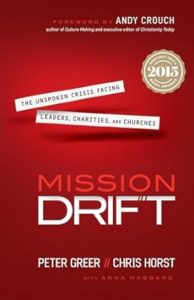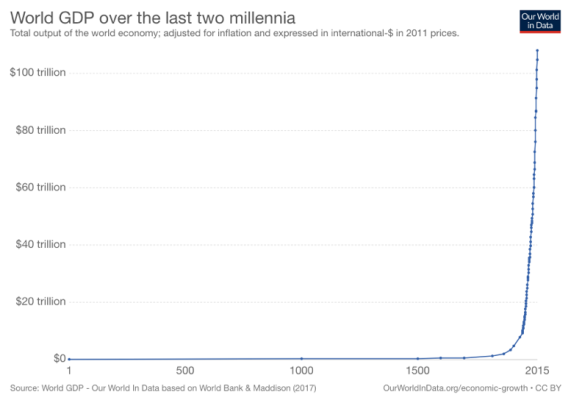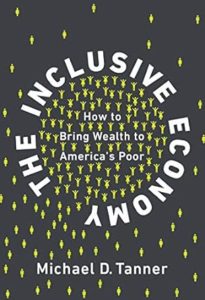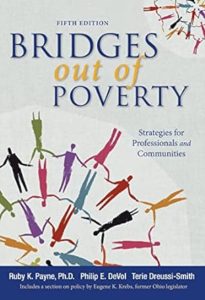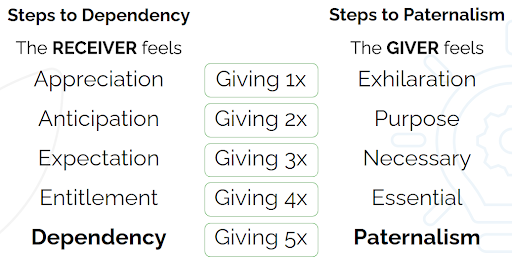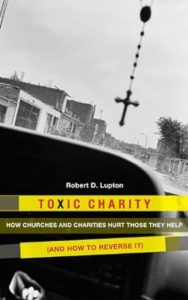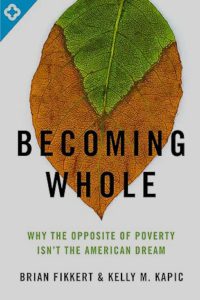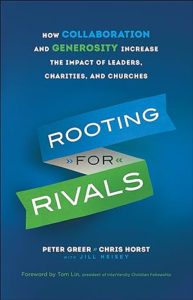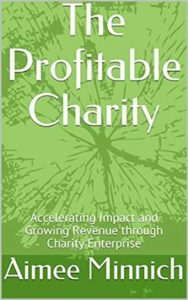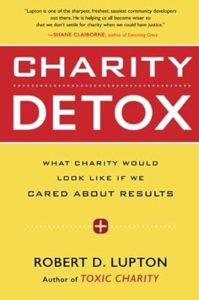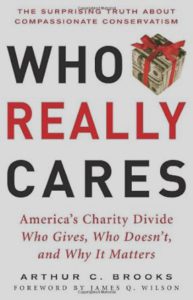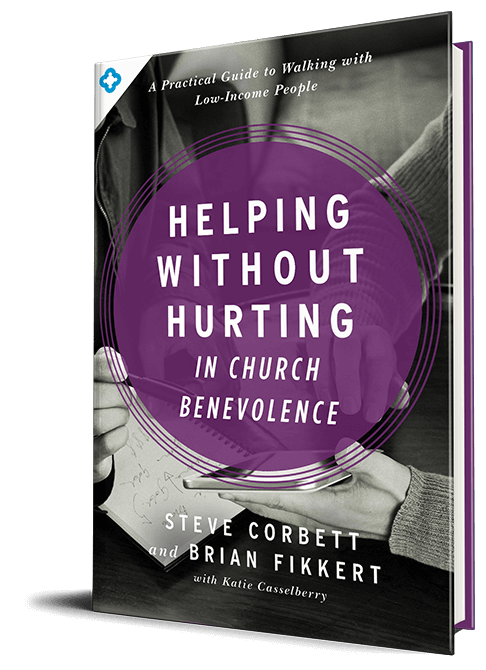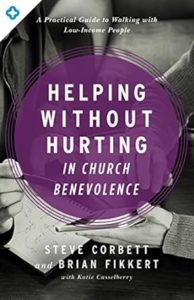Jeff Lofting
Director of Education
Read more from Jeff
Jump to:
The Purpose of the Book | The Perspective | The Key Points | Details We Love | Considerations | Who Should Read This?
Harvard University. The Pew Charitable Trust. YMCA. Yale University. ChildFund. What do all of these organizations have in common? The answer: They were founded on an explicitly faith-based mission but later drifted significantly from that aim. The cynic in us might conclude that this is just inevitable for every organization. But, it’s not, as evidenced by numerous organizations who have remained “Mission True” for decades; it takes incredible vigilance, though.
Co-authors Peter Greer and Chris Horst do not intend to heap condemnation upon the above organizations that experienced “Mission Drift” (29). Rather, they are determined to glean insights from the drift that they experienced in order to prevent other faith-based organizations from undergoing a similar fate. More importantly, they provide case studies of close to a dozen organizations that experts identified as remaining true to their missions, rooted in biblical principles. (Specifics on their methodology in determining these organizations are contained on pg. 199.) The vast majority of the book discusses the qualities drawn from an examination of these contrasting organizational examples.
This book provides clear practical guidance to donors, board members, leadership, and staff on how to remain true to the organization’s mission, and even to right the course if that organization is already adrift. In summary, as the authors state, “We want to name and illustrate the causes of Mission Drift. We want to help you clarify the missions of the organizations you most love. And we want to equip you with the safeguards to reinforce and protect them” (30).
Authors Peter Greer and Chris Horst are both in leadership positions at HOPE International, a faith-based nonprofit that focuses on providing microfinancing opportunities to address issues of both spiritual and material poverty. The intended audience is faith-based, explicitly aimed at organizations founded on biblical principles. The all-encompassing theme of the book is that, in order for an organization to “remain faithful to what God has entrusted them to do,” their mission must be clearly defined, reflecting their core values and purpose, and vigorously protected. This goes much deeper than just what an organization does; what they do might be adapted over time and/or according to the cultural context. But, their mission, rooted in biblical principles, does not.
Mission Drift is faced by all faith-based organizations.
Greer and Horst define Mission Drift as a slow carrying away of an organization from its core purpose and identity.
The temptation is ever present, whether it be caused by shifting societal values, the desires of high-dollar donors, a push to “tone down” an unpopular Gospel message, or just the convenience and ease of avoiding what is inevitable—the public (or personal) criticism of those who do not hold to a biblical worldview. As is stated in the book, “The natural course—the unfortunate natural evolution of many originally Christ-centered missions—is to drift” (19).
However, Mission Drift is not inevitable.
This is true even though it is generally an exception that an organization remains Mission True over time. Mission Drift will happen unless we are focused on actively preventing it. Mission Drift happens for various reasons, but Greer and Horst contend that Mission True organizations do the following (27):
- “know why they exist and protect their core at all costs”
- “remain faithful to what they believe God has entrusted them to do”
- “define what is immutable: their values and purposes, their DNA, their heart and soul”
Mission True organizations undergo change, and that doesn’t equate to Mission Drift.
It might seem like Mission Drift is simply an organization changing what it does, but it’s instead a change in why it does what it does. In fact, organizations that don’t change what they do as society changes over time or as they extend into different cultural contexts could actually hinder the “why,” or their missions, from being accomplished. It’s not the “what” that needs to be guarded, it’s the “why.” An organization may change what it does as society changes or depending on the culture in which it’s serving, but it doesn’t abandon its core mission. In fact, the organization will likely need to change the “what” to reinforce its core mission.
All those involved with an organization have a role in its remaining Mission True.
Throughout the majority of the book (chapters 3-15), Greer and Horst detail specific areas in which those in various organizational roles can impact the organization’s ultimate direction. This includes qualities that executive leadership, board members, staff, and donors of any organization, denomination, or ministry can strive for and practice.
One of True Charity’s main pillars is that charity is voluntarily sourced, or privately funded. One of the reasons for this contention is that government funding can place constraints on methods that are personalized to the individual being served, especially methods involving challenge or some degree of reciprocity. This can ultimately result in an organization diverging from its mission and damper the ultimate impact of its efforts.
Greer and Horst emphasize, though, that this is not exclusive to government funding—a draw to drift from mission can also occur as a result of potential funding from donors not aligned with an organization’s mission. It might seem unwise to reject a substantial donation that may have explicit, or even implicit, conditions attached that are incompatible with an organization’s mission, but it’s vital to remaining Mission True. A piece of data that might affirm the resolve to do this is that, according to Giving USA, of all US charitable giving in 2011, only 19 percent of giving was from foundations and corporations versus 81 percent from individuals and bequests (113). (This has changed little a decade later; as of 2021, this breakdown stands at 23% versus 78%, respectively.) Greer and Horst reinforce this point by providing multiple examples of faith-based organizations who have recently rejected mission-incompatible funding and subsequently experienced substantial growth by remaining Mission True.
Another of True Charity’s pillars is that charity is most effective when it is outcome-driven, measuring the actual impact of our efforts in individuals’ lives rather than just the activities we do. Greer and Horst emphasize that this is a quality of Mission True organizations, stating that “what’s not measured slowly becomes irrelevant” (127). Outcomes measurement must be connected to an organization’s mission. And, although it can be challenging to determine how to measure impact and life-change, the authors contend that it is possible and essential to avoiding mission drift, and they provide examples of organizations that have successfully done this.
(Network members: Access the Outcomes Measurement toolkit in the Member Portal to begin refining your outcomes. Non-members: Learn more about the True Charity Network here.)
Lastly, a number of helpful, practical supplements are included in the book, including an organizational self-assessment (46-49), sample documents, form templates, and review questions that can be used for a group study and discussion.
Although one could glean from the examples provided in the book, it might have been beneficial to discuss in more detail how to develop or clarify your organization’s actual mission statement. Although the authors emphasize that an organization can always work to return to their mission, establishing a clear mission statement is foundational. A number of organizations, especially those that are newly formed, may need more guidance in this area.
For fullest impact, whether reading as an individual or with a group, make sure to flip to the review questions (182-188) in the back of the book after completing each chapter. These can provide powerful application opportunities.
This book covers numerous imperatives for all roles and members of a faith-based organization: staff, executive leadership, board members, and donors. Although one could focus on reading only chapters that specifically address his or her role, it would be beneficial to read the entire book in order to understand how all within an organization can reinforce an unswerving commitment to the mission.
Mission Drift can be purchased at Amazon. If you purchase the book through this link, True Charity will earn a small amount as an Amazon Associate

This article is just the tip of the iceberg for the practical resources available through the True Charity Network. Check out all of the ways the network can help you learn, connect, and influence here.
Already a member? Access your resources in the member portal.


